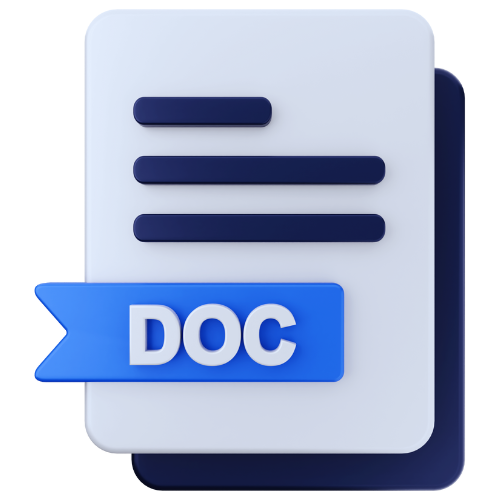Search Country
Scroll left to right for more option
Australia nai kina ta?
Australia's education system offers diverse programs in world-class institutions, emphasizing practical skills and a global perspective. With iconic landmarks and a commitment to environmental sustainability, the country provides a stunning natural environment for international students. Boasting a stable economy and strong job market, Australia presents ample opportunities for part-time work during studies and post-graduate employment. Scholarships and financial aid initiatives, along with a multicultural society, make it an attractive destination for global talent, ensuring a high-quality education, a safe environment, and a memorable cultural experience.
What Document should I submit?
- Completed Application Form (Most institutions have an online application form that needs to be filled out.)
- Academic Requirements (Copies of your academic records, including transcripts and certificates from previous educational institutions.)
- Proof of English Proficiency (This is often demonstrated through standardized English language test scores such as IELTS, TOEFL, or PTE.)
- Resume/CV (A detailed resume or curriculum vitae outlining your educational and professional background.)
- Statement of Purpose (SOP) (A written document explaining your reasons for choosing the specific course, institution, and how it aligns with your career goals.)
- Letters of Recommendation (Typically from teachers or employers who can attest to your academic or professional abilities.)
- A copy of your passport (Password must be valid for at least 6 months)
- Proof of Financial Ability (Documents indicating that you have the financial means to support yourself during your studies, including tuition fees, living expenses, and health insurance.)
- Visa Application Form (Once accepted, you'll need to apply for a student visa, for which you'll need to fill out the appropriate form.)
How to fulfill gap? (2 years or more)
- Explain your gap honestly (In your personal statement or letter of explanation, briefly address the gap in your education or employment. Be honest and transparent about the reasons behind the gap, whether it was for personal, health, family, or other reasons.)
- Highlight Productive Activities (If possible, showcase any productive activities you engaged in during the gap period. This could include relevant volunteer work, internships, online courses, or any other experiences that contributed to your personal or professional development.)
- Emphasize Skills and Learning (Use the gap period as an opportunity to highlight any skills you acquired or lessons you learned during that time. This could demonstrate your resilience, adaptability, and commitment to continuous improvement.)
- Connect the Gap to Your Future Goals (Explain how the experiences during the gap have influenced your decision to pursue further education in Australia and how they align with your future goals. This can help admissions officers see the relevance of the gap in your overall journey.)
- Provide Supporting Documentation (If applicable, include supporting documentation, such as medical certificates or any other official documents that can substantiate the reasons for the gap.)
Note: Basically, provide your experience letter if you worked.
All the way from kathmandu
Need Document Samples?
Trusted Consultancy
The following consultancties are trusted by us.



